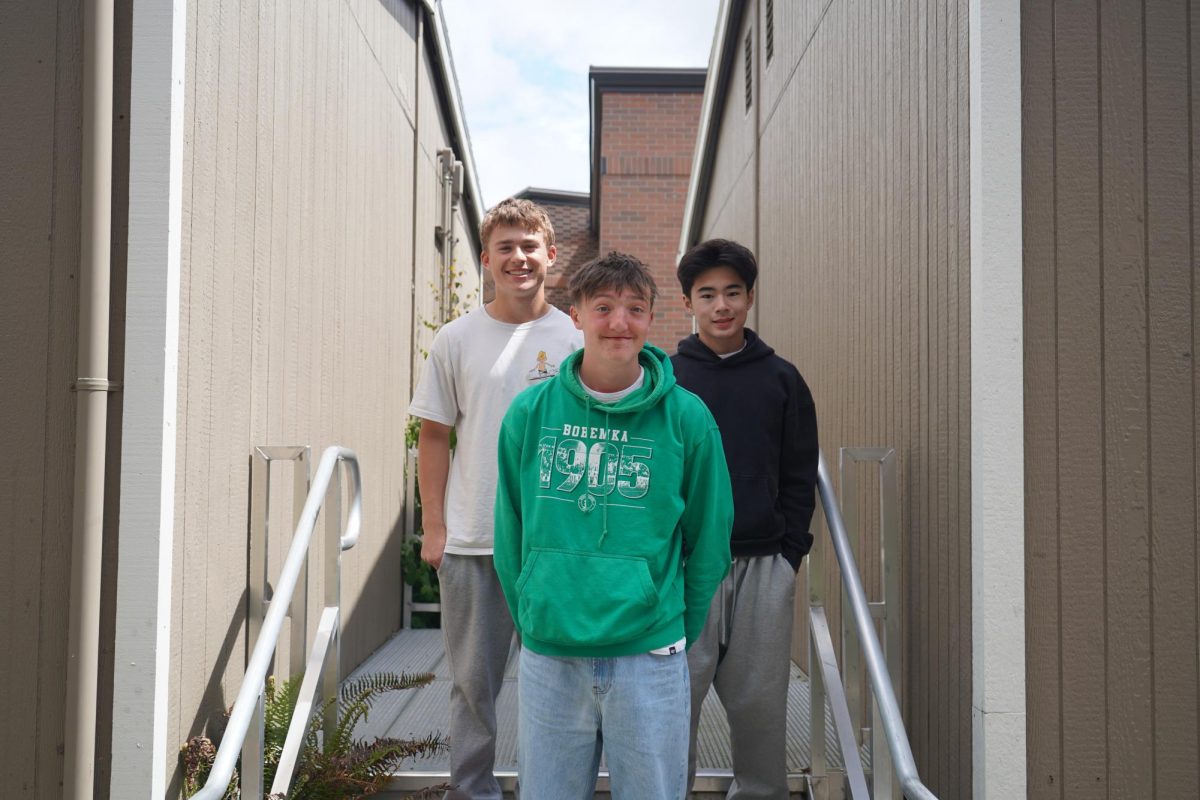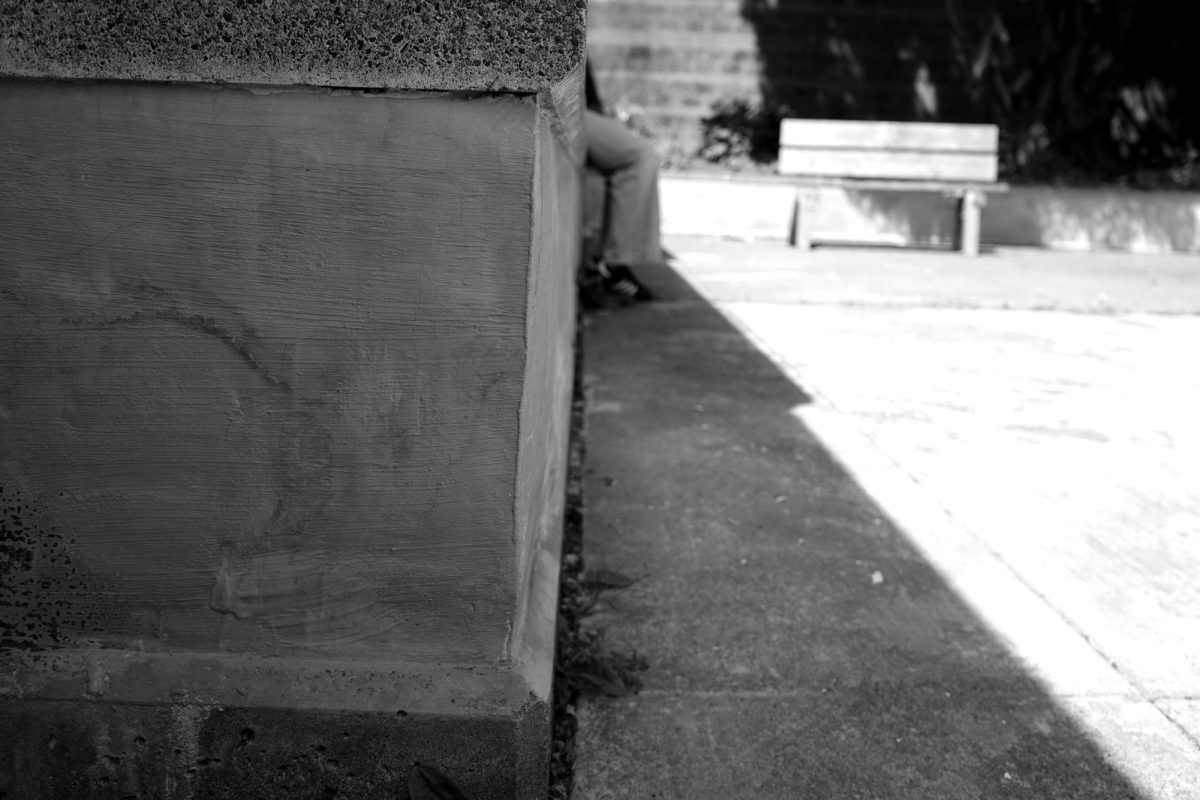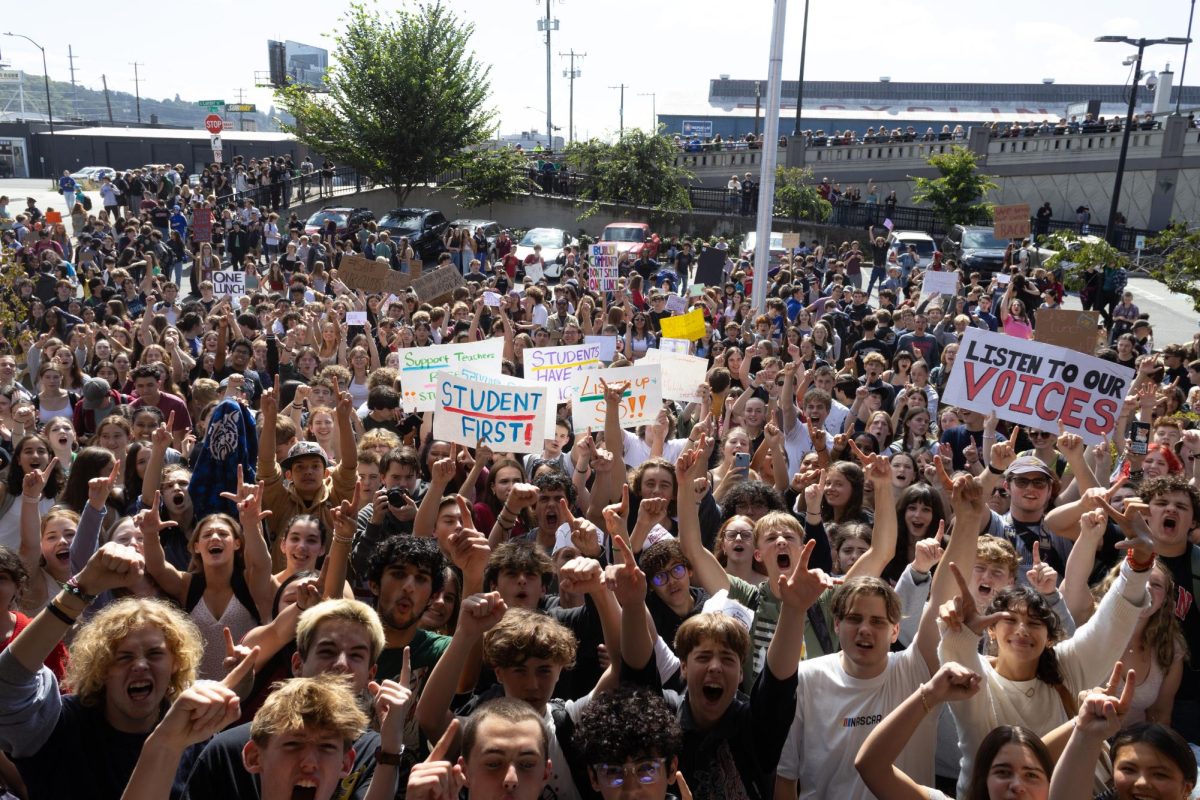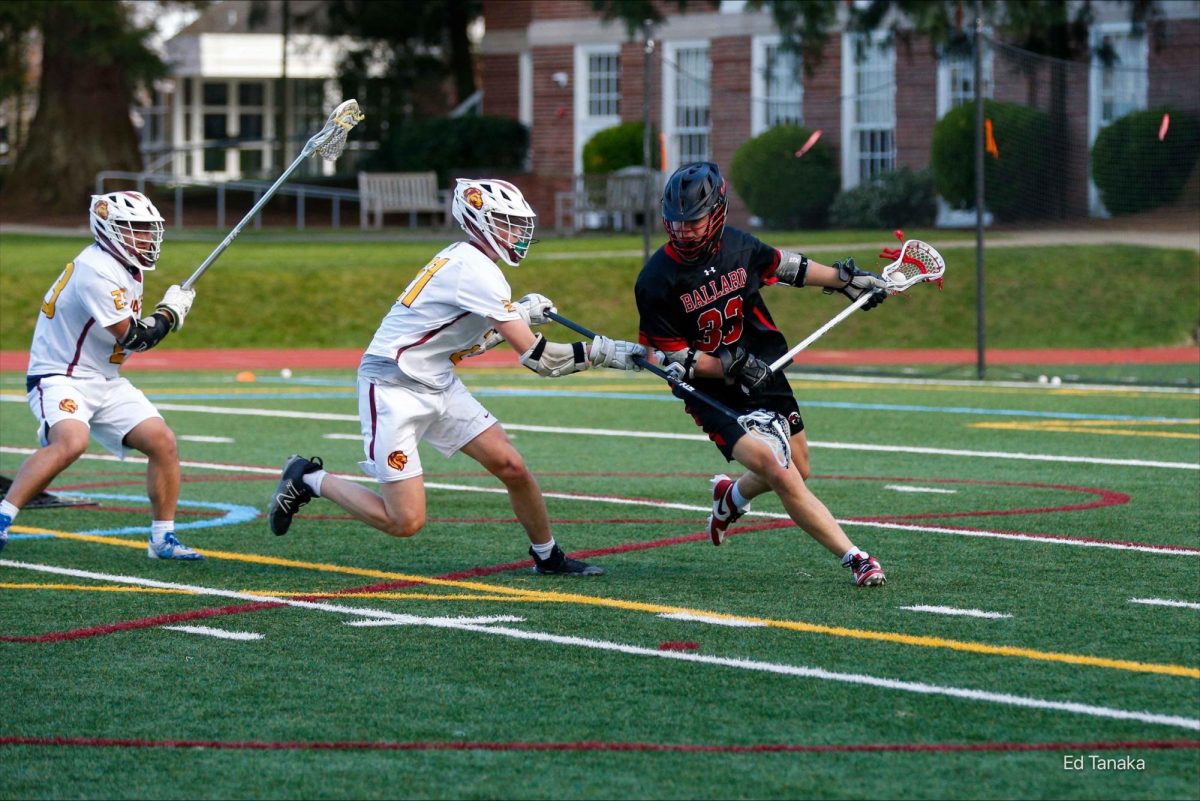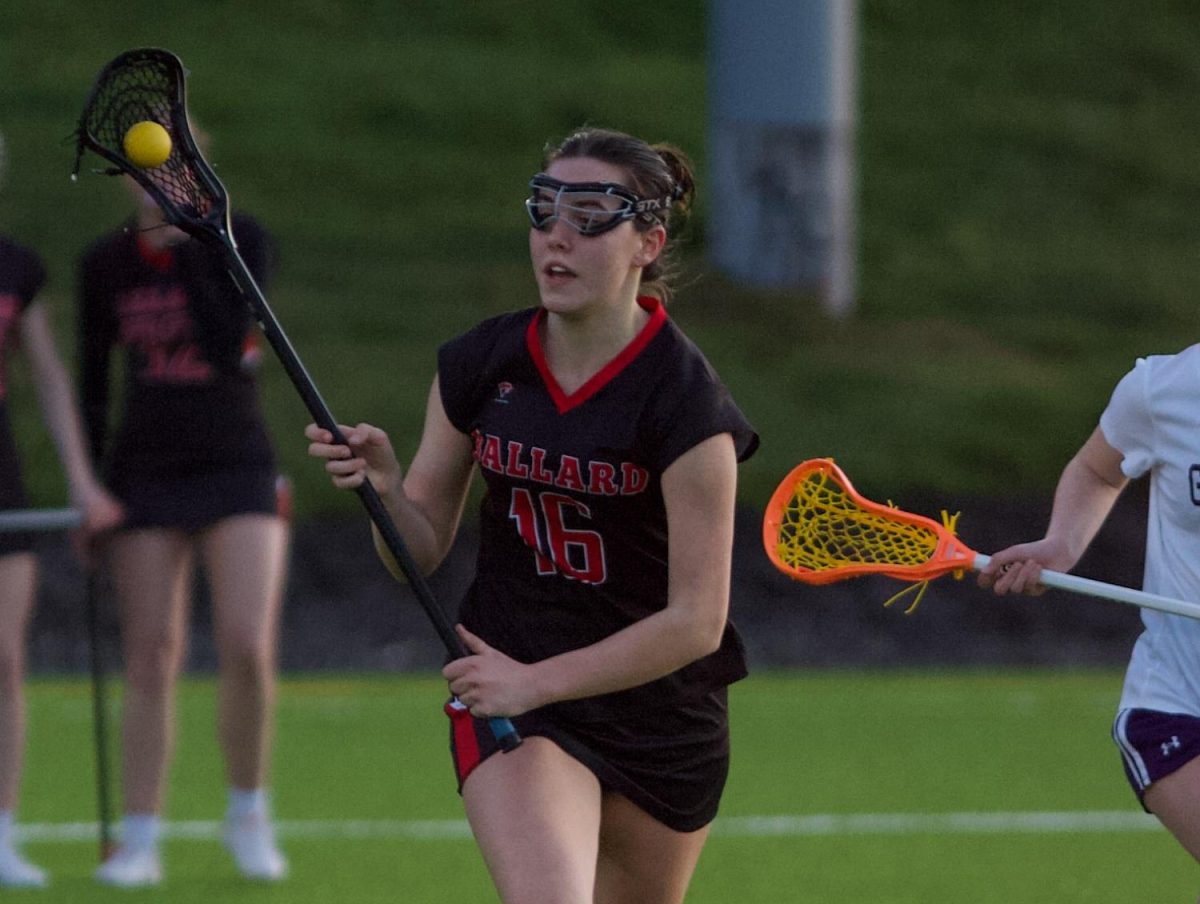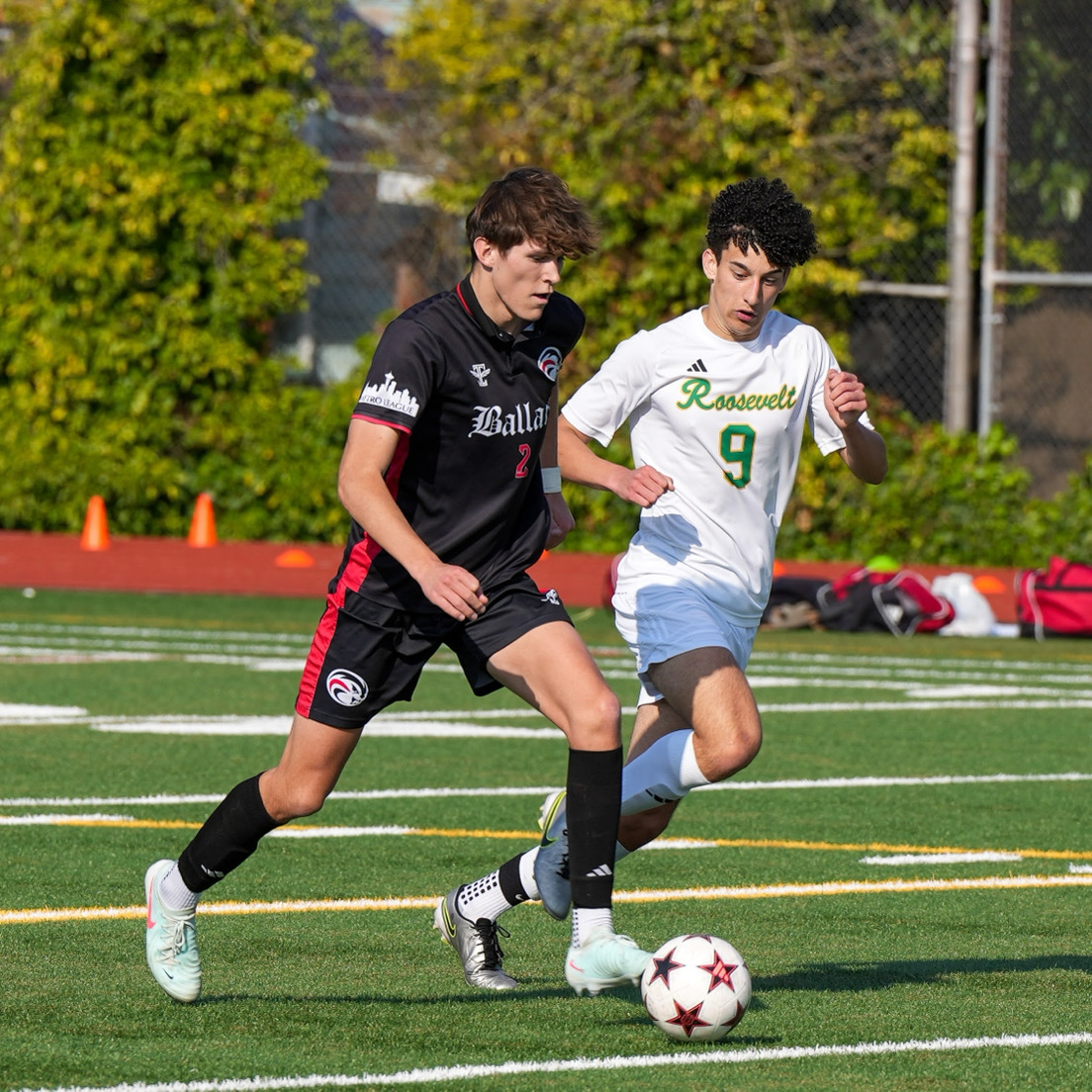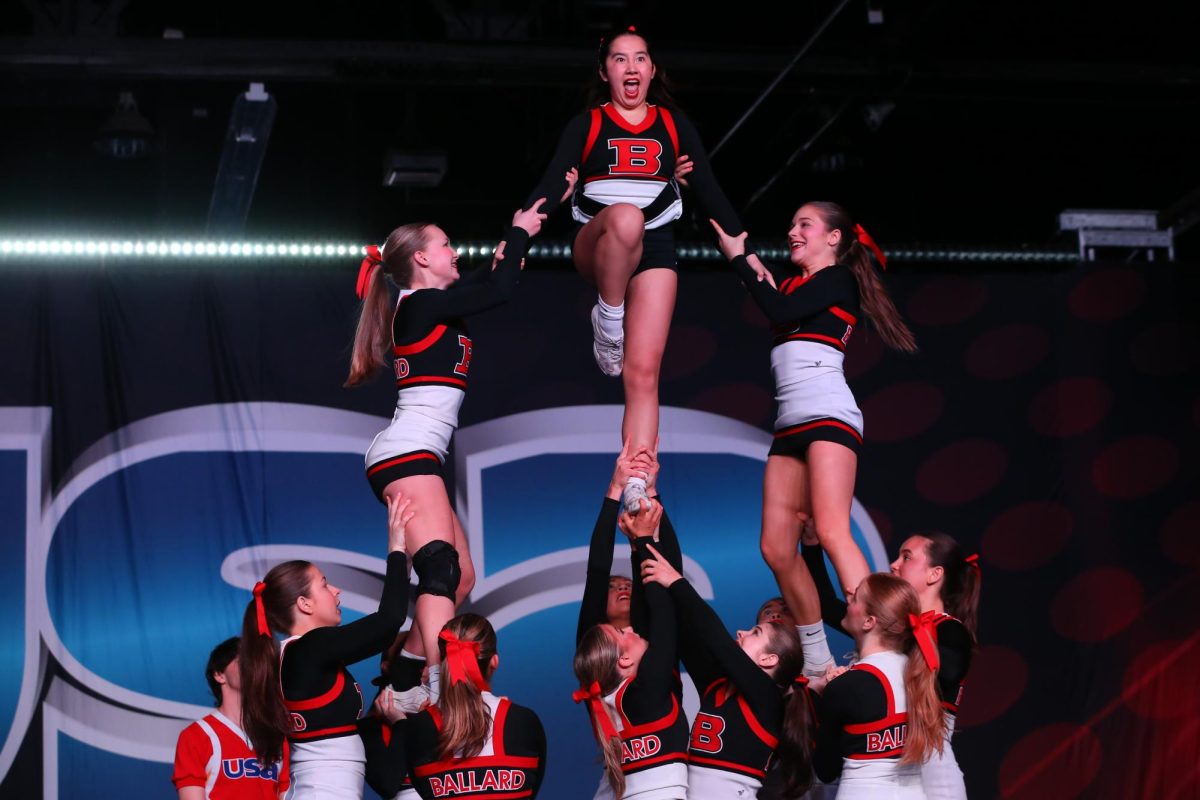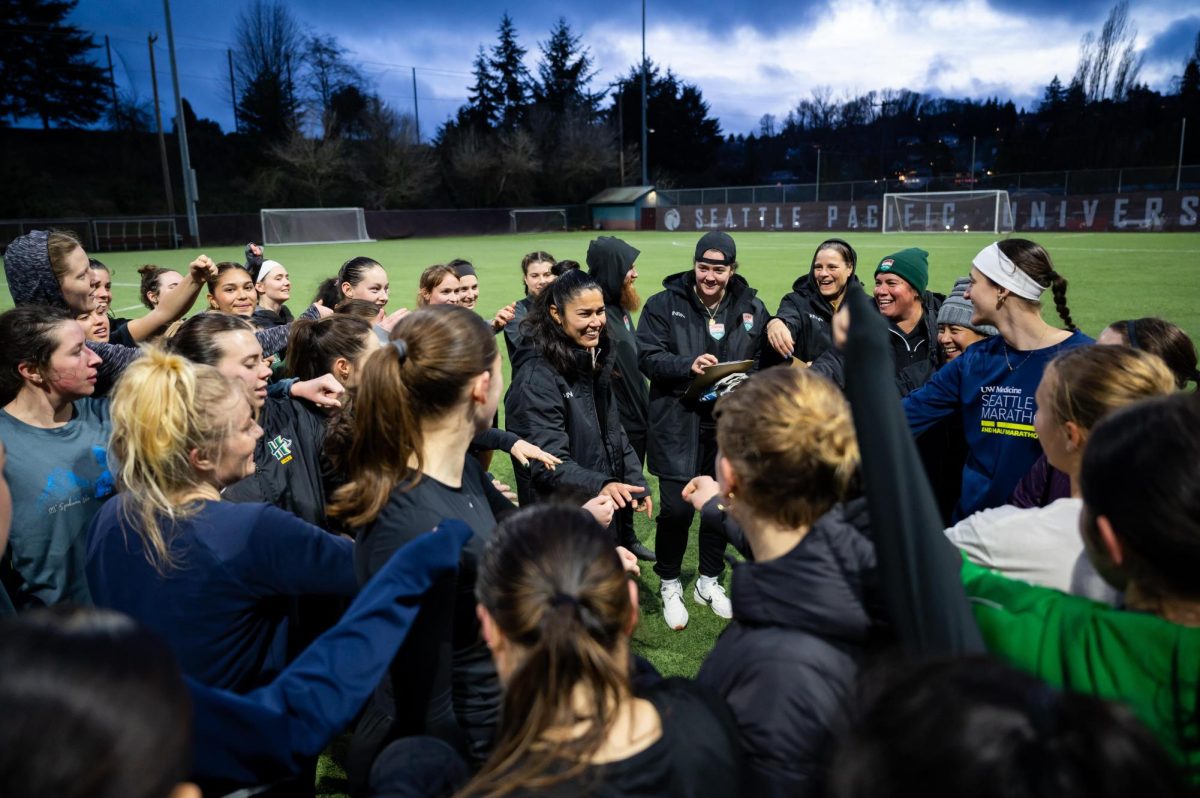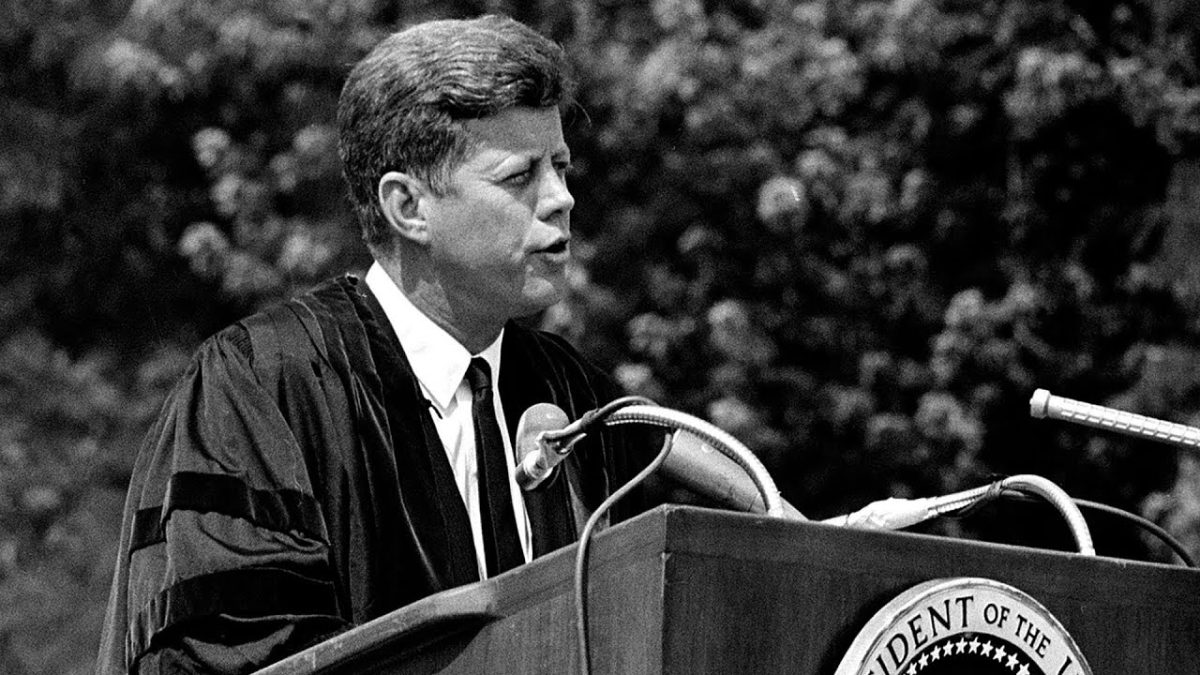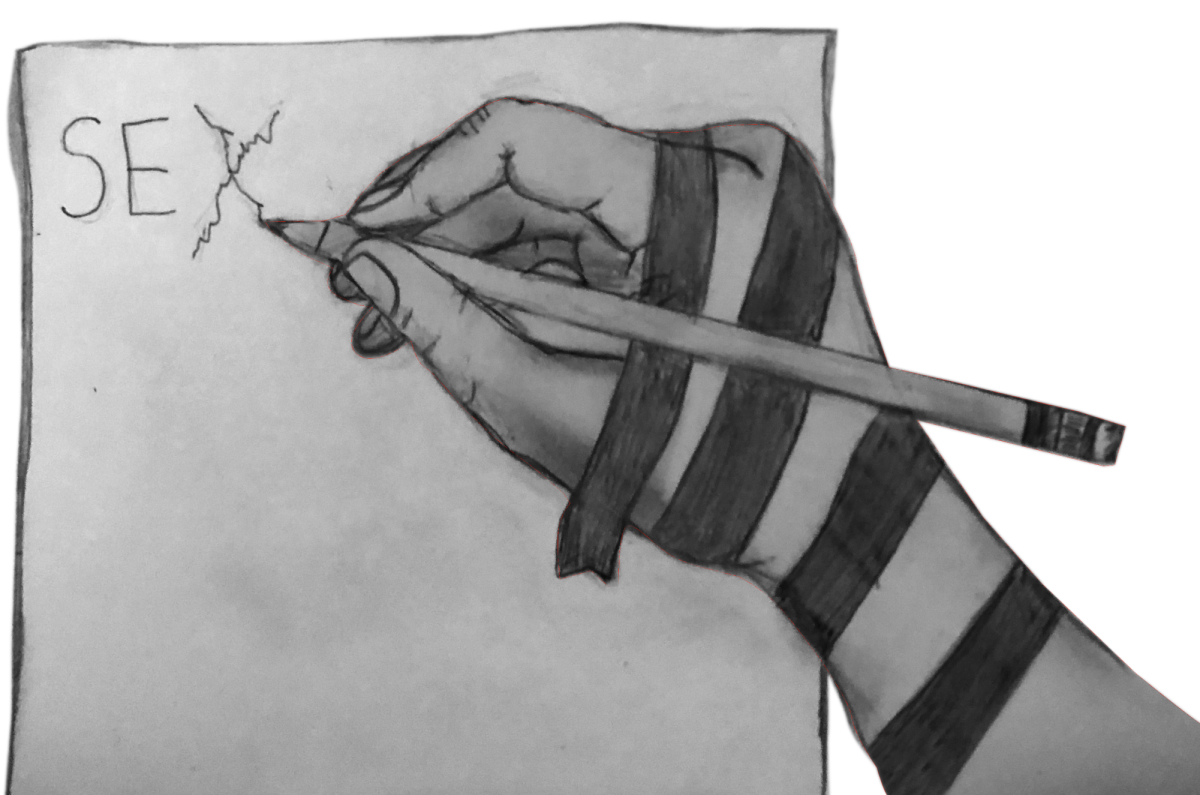Most students that have attended a Seattle public school have taken a class that teaches sex education. For many students, these experiences have become a mere couple of insignificant days every few years.
Are students learning the right sex education topics at the right times? Are there topics that are more important for students to learn about? And if so, why hasn’t our sex ed curriculum changed to serve student’s needs?
Entering this argument as a student at BHS, it is important to recognize that students in Washington State receive a more accurate and comprehensive sex education than most of the country.
Washington is one of only 18 states in the US to require sex ed to be medically accurate — and one of 39 states to even offer sex ed at all.
With that said, Washington’s sex education still isn’t entirely serving the needs of students.
According to the Washington Healthy Youth Survey taken in 2021, of the 37% of high school seniors that had ever had sex, only 33% had been taught how to prevent STDs and pregnancy. Twenty-nine percent of respondents had been taught abstinence.
Students’ wants aren’t being prioritized either. In a survey conducted by the Talisman, 42% ranked affirmative consent as the most important topic to learn in sex education. Contrarily, 69% of students ranked puberty as the most taught topic.
Most look to the curriculum for answers to these inconsistencies. Developed by Public Health – Seattle & King County, the FLASH sex education curriculum is currently used in most public schools in King County including BHS.
According to Celia Thomas, a health educator at Public Health – Seattle & King County, FLASH is reviewed by medical directors and is thoroughly researched before being released to students. The most updated 2015 FLASH curriculum contains a total of 15 lessons, including lessons on gender identity and stereotypes.
But even with the political advantages WA sex ed curricula have, sexual health issues have continued to increase among teens. While pregnancies among 15-17 year olds have sharply declined over the years, Washington state saw a 56% increase in STD rates from 2010-2021. This indicates that current high school students are learning relevant information – in part.
Even with a much more comprehensive and accurate sex education than many students in the U.S., SPS students still aren’t receiving the sex education they need – and more importantly want. So why isn’t sex education benefiting students?
Here’s where it gets interesting: it comes down to approval, funding and time.
The FLASH curriculum must be approved by the school district before being taught. In doing so, the district can approve parts of the curriculum and reject others.
Furthermore, to make another much needed revision to the 2015 FLASH curriculum, they need funding, and as a public health institute, such sources are limited. If any funding is given to begin with, it would have to come from federal grants or private foundations.
Even if FLASH contains all necessary lessons, there’s another crucial factor that goes into what students are taught: teachers. Living in a liberal neighborhood and city means students at BHS are often taught a more comprehensive sex ed than many. However, what students are taught is ultimately arbitrary because teachers dictate content.
As Thomas pointed out, there are no “FLASH police” confirming that teachers are covering the entirety of the curriculum. This means that teachers that have personal ideological differences with the curriculum can turn a blind eye to some lessons. This means that overworked teachers who are already stretched to teach content to overfilled classes cannot always cover every lesson. This means that students that would otherwise not be learning this content outside of the classroom are receiving an incomprehensive sex education.
Lastly, according to the SPS website, parents and guardians can review sex ed materials and opt their students out of these class lessons. Even if the curriculum is approved by the district, content is comprehensive, and the teacher covers all included lessons, still, students can be forbidden a sex education.
Ultimately, everyone’s at fault for turning sex education into a joke for some students and simply not enough for others. The curriculum struggles to be comprehensive and up-to-date, some teachers – intentionally or not – are not covering all necessary content, and some parents are removing their students from the picture altogether.
But what the issue comes down to is culture. At the roots of the ineffectiveness of sex education is the underlying idea that sex ed is still too inappropriate for students. The reality is that students are exposed to sexuality in everyday life, and there is a need for a curriculum that gives resources to all students — sexually active or not. If state officials, administration, teachers and parents are uncomfortable teaching students about topics that are much more relevant than precalculus homework and science projects, they are failing to recognize what students actually need.

